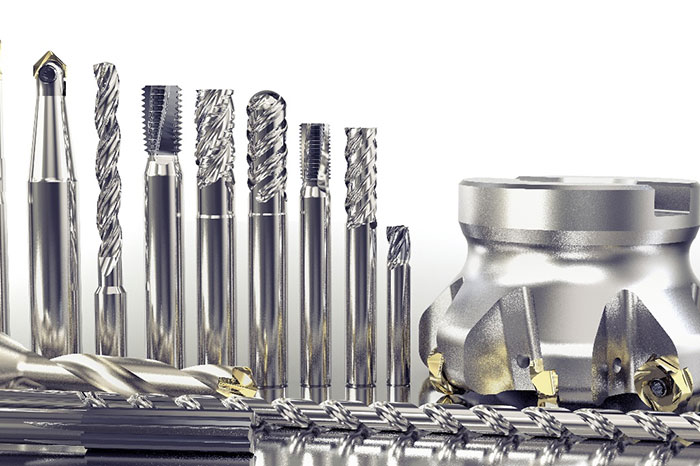Why is tungsten carbide an ideal material for cutting tools?
Tungsten carbide (WC) is a compound composed of refractory metal tungsten and non-metallic carbon. It has the characteristics of high density, high melting point, high strength, high hardness, high temperature resistance, corrosion resistance, wear resistance and good electrical and thermal conductivity. As a result, it is an ideal material for cutting tools.
However, due to the brittleness and poor toughness of pure WC powder, it is often necessary to add an appropriate amount of binders such as cobalt (Co), nickel (Ni), chromium (Cr), molybdenum (Mo), titanium (Ti), copper (Cu) and other elements for cemented carbide tools with high comprehensive performance.

More specifically, cemented carbide with WC powder as the hard phase and Co as the binder phase is more suitable for cutting tools. Due to its good thermal conductivity, conducive to the dissipation of cutting heat, reducing the temperature of the cutting edge and avoiding the overheating and softening of the cutting edge; also due to its high bending strength and impact toughness, it can effectively reduce edge chipping and raise cutting efficiency (much higher than high speed steel).
Cemented carbide with WC powder as the hard phase and Ni as the binder phase is more suitable for corrosion-resistant parts. Its corrosion resistance is stronger than that of tungsten-cobalt carbide tools, so it is suitable for environments with various corrosive media. In addition, WC-Ni cemented carbide seal rings are also suitable in low temperature, high temperature, vacuum and high-pressure environments.
Cemented carbide composed of WC, TiC and Co has the characteristics of high hardness, good heat resistance, high compressive strength, good oxidation resistance and poor thermal conductivity, and is suitable for machining steel.
